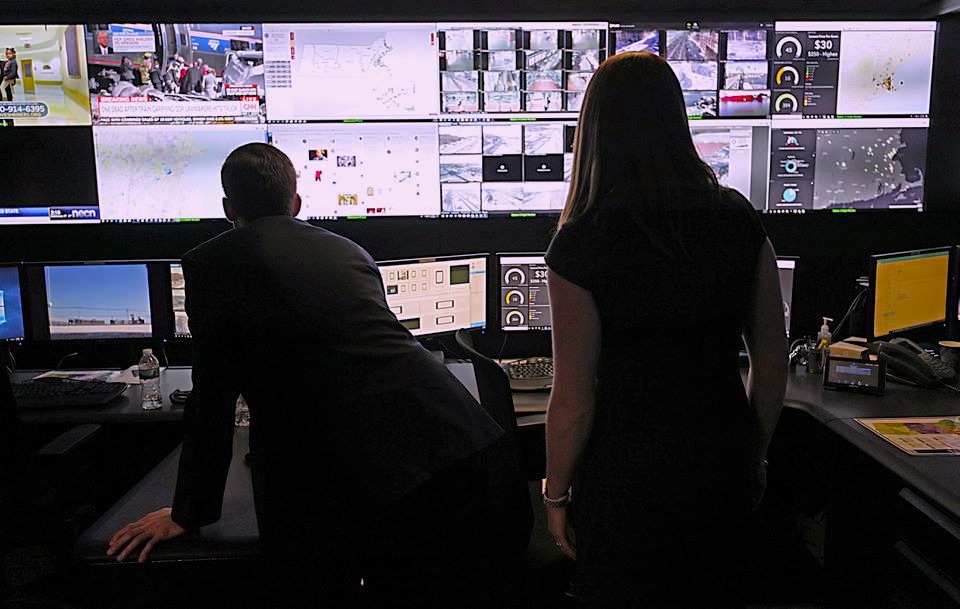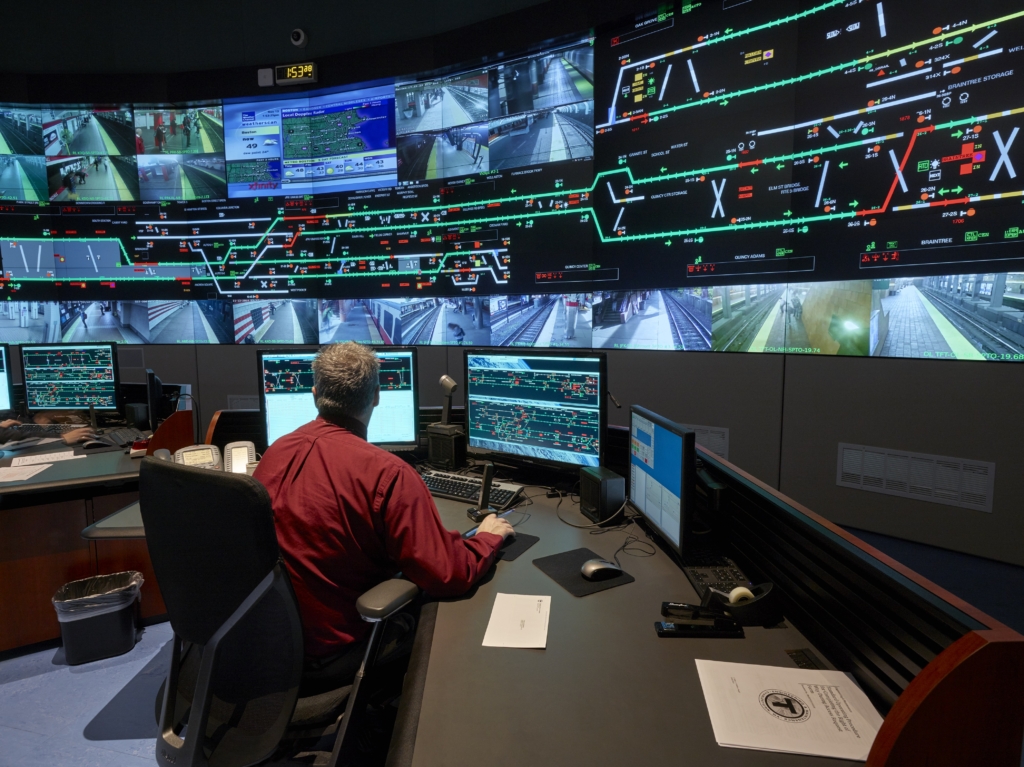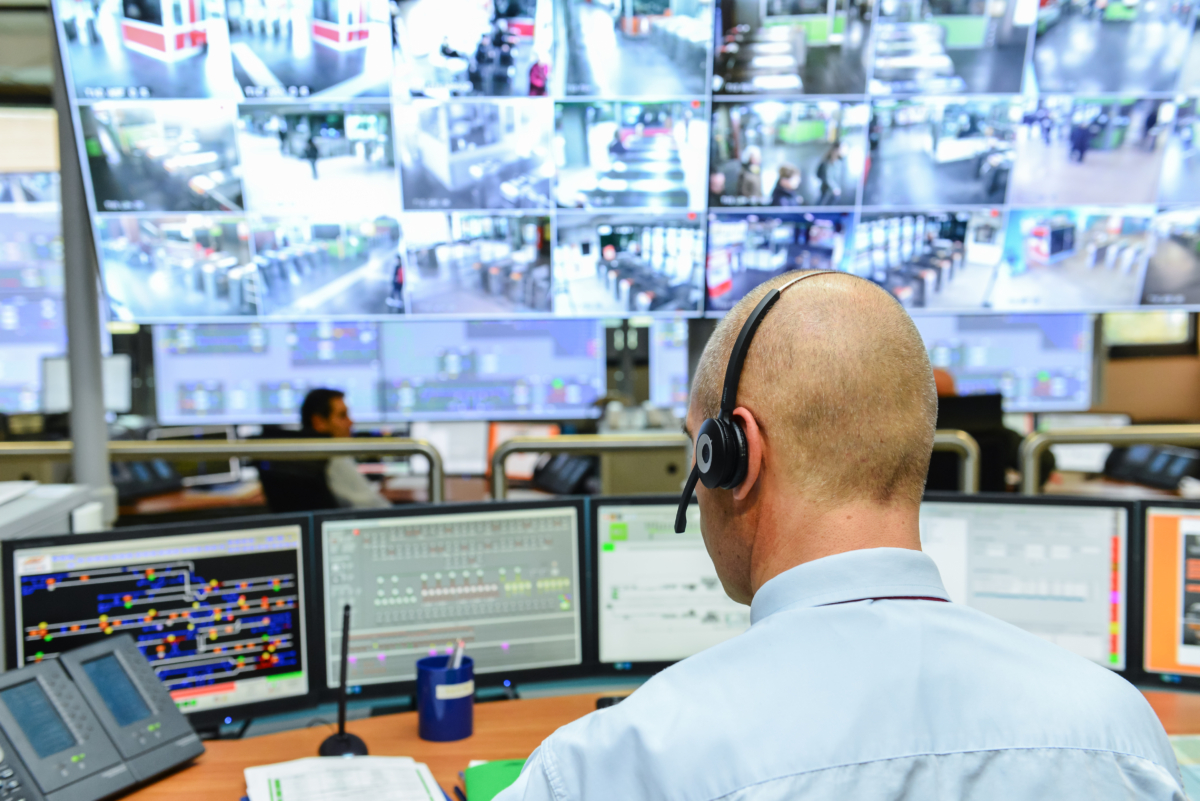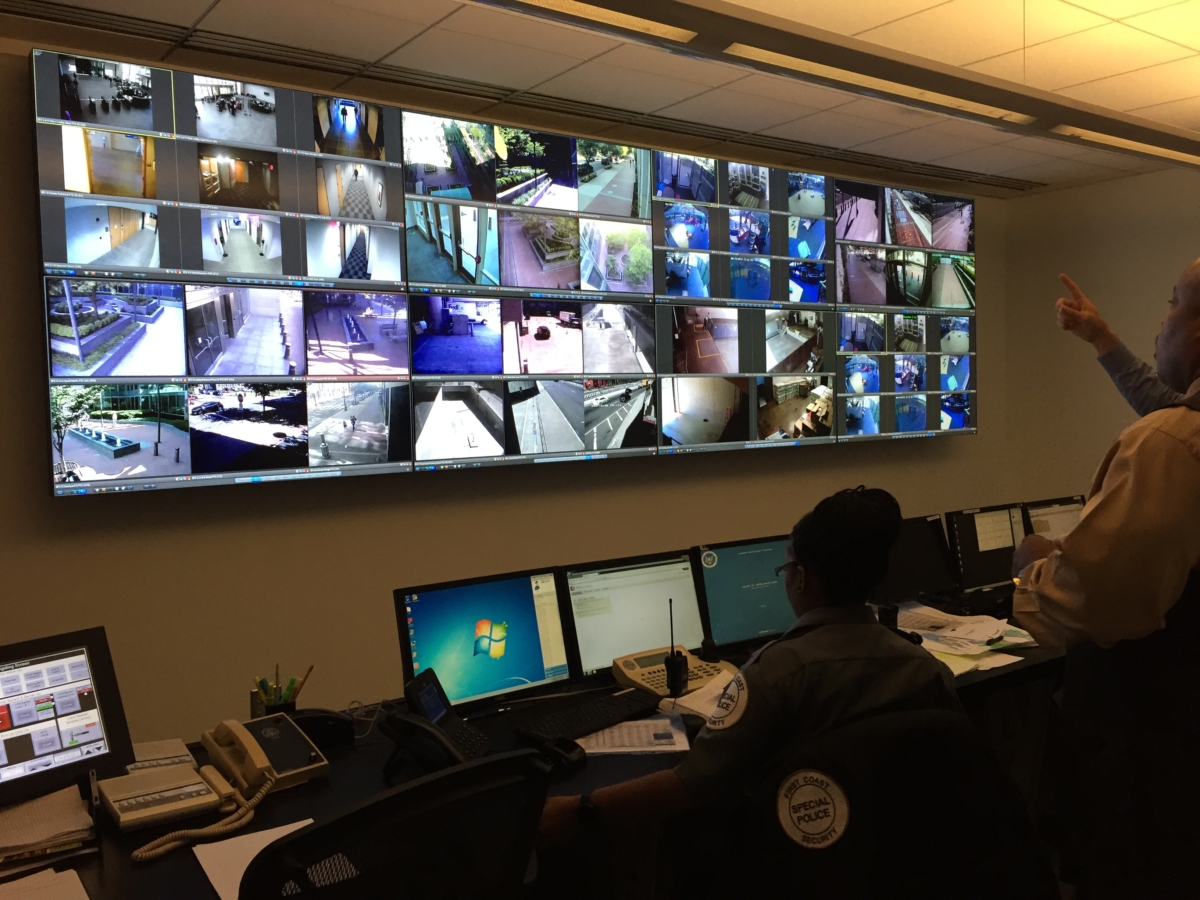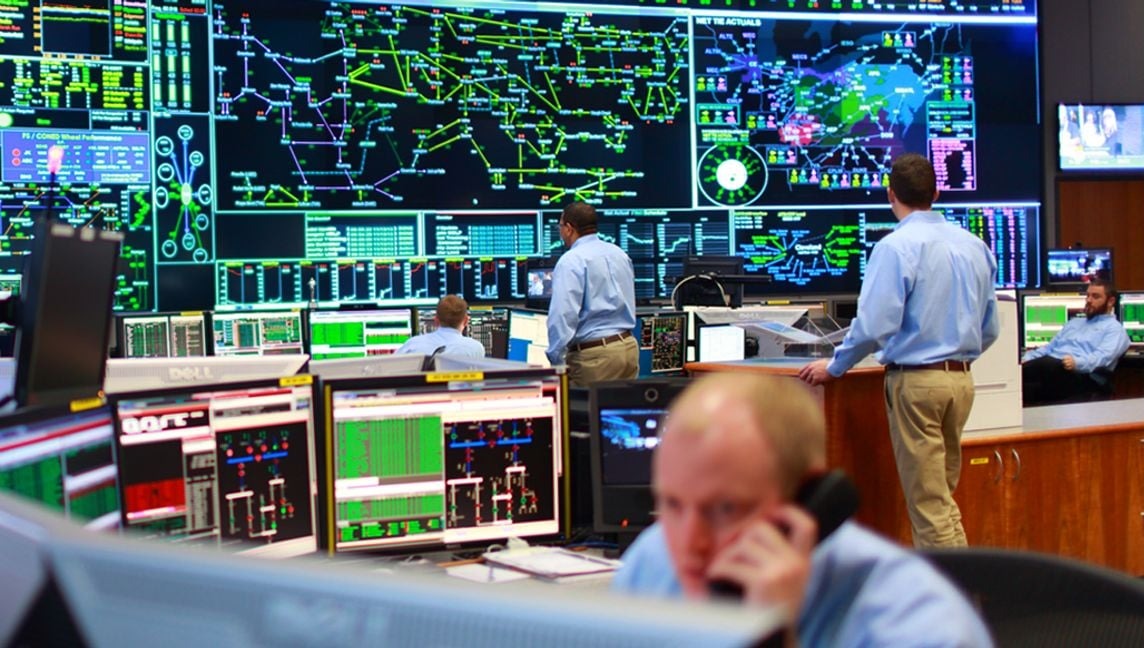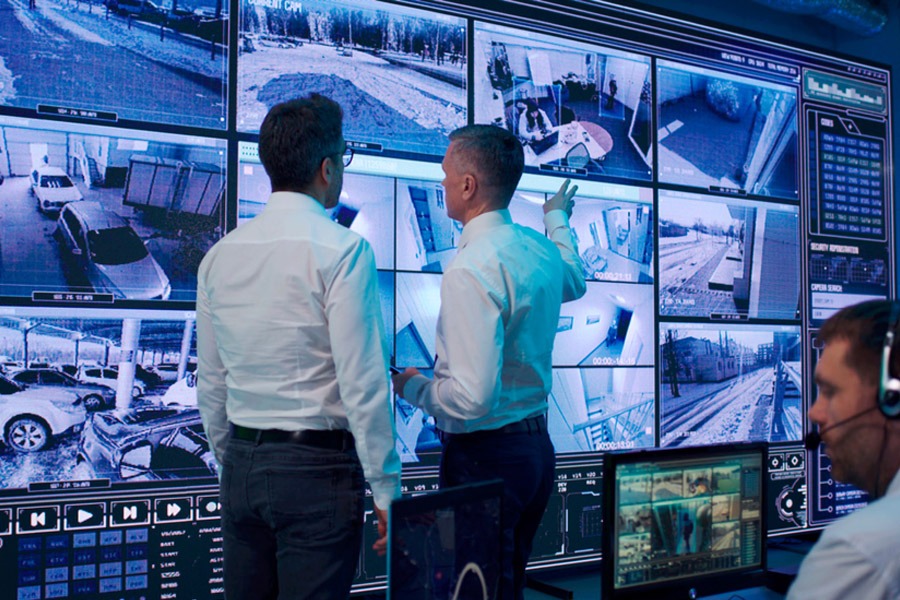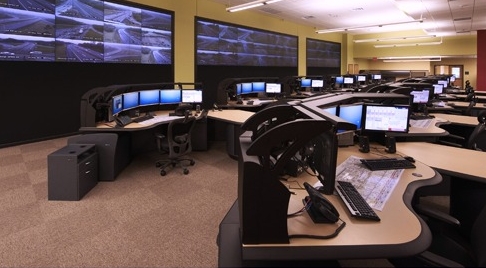
The Power of Interoperability in Control Room Design
In the high-stakes world of command center and control room operations, split-second decisions can mean the difference between successful incident management and something catastrophic. Think power outage or failure to prevent acts of terrorism. To be effective and maintain a high level of intelligent oversight, operators in these mission-critical environments rely on consistent streams of data from disparate field technologies and external sources, each equally important in providing the right information at the right time to the control center.
Understanding the Big Data Problem
Consider just a few pieces of the puzzle at play in daily operational workflow:
- Video surveillance offers real-time visual intelligence.
- Sensory systems analyze field data for public safety.
- Access control devices send alerts to prevent unauthorized activity.
- Audio and video communication systems facilitate collaboration.
- Network traffic monitoring systems protect against cyber threats.
- Threat monitoring applications gather online data for investigations.
- Cable TV and weather forecasts provide live updates for real-time events.
Operators leverage this data from various endpoint technologies for decision-making, anomaly detection, incident response, and communication with third-parties.
Yet, even if these sources promise to deliver a treasure trove of meaningful intelligence and AI-driven insights, integrating such high-speed and high-volume data remains challenging. Failure to manage this complexity for use within the command center puts significant limitations on actually strengthening command and control, eroding the guise of boosting operational efficiency—and any buy-in received from important stakeholders.
With Great Power Comes Great Interoperability
Enter interoperability: the silent, yet powerful hero in modern control room design that ensures hardware, software and all sources of data work together harmoniously—regardless of manufacturer origins.
In this context, interoperability’s superpower is the capacity for all technologies utilized by operational teams to exchange information and transmit data in a coordinated manner. That’s why an integrated technology solution, designed for compatibility and seamless interconnection, is the cornerstone of smooth and efficient operations.
This requires an in-depth understanding of the complex infrastructure responsible for the flow of all mission-critical data captured:
- Networks of sensors, field technologies and other sources collect data.
- Communication systems encompassing wired and wireless networking enable data transmission.
- Data aggregation tools and platforms format and standardize data to facilitate compatibility.
- Storage area networks (SANs) and media asset management (MAM) software preserve and organize data on-premise or in the cloud.
- Data processing and AI-based analytics tools extract actionable insights from raw data.
An interoperable technology solution that’s purpose-built can accurately account for unexpected roadblocks within this infrastructure through consultative design and engineering, eliminating the hassles of incompatibility and unlocking data-gathering in valuable ways where it matters most.
What’s more, an experienced control room integrator can help build out an environment that not only aggregates all data into a cohesive system, but also enables command center operators to make sense of it and put it in a digestible format that drives real-time data interpretation and streamlined decision-making.
Integrating a Common Operational Picture
In an environment where information is power, a video wall system is your ticket to intelligence. This mission-critical display system isn’t just a fancy display—it’s the nerve center of the control room that creates a Common Operational Picture (COP). Driven by processors and controlled via software, the COP is a centralized view of relevant data and information from multiple sources featuring intuitive visualizations that provide shared awareness.
From there, interoperability between these observational video walls and the desktop displays at operator workstations establishes highly efficient workflow procedures. It’s a critical element of the control room design that involves selecting the right data distribution technology and display management systems that work together with the user experience in mind.
If integrated according to specific requirements, operators are then empowered to more easily view, analyze and communicate pertinent information in dynamic situations. It’s the springboard for enhanced situational awareness in the command center and streamlining day-to-day operations.
They can even customize and switch between different visual layouts of content displayed on the video wall in an advanced integration, where they can monitor multiple sources simultaneously while utilizing data analytics tools at their console for comprehensive analysis that inform strategic decisions.
Our Expertise Expands Your Operational Horizons
Especially in a world where every second counts, interoperability isn’t just a feature—it’s the guiding principle for future-proofing operational excellence. It creates a cohesive ecosystem that enables seamless data capture, integration, processing, and visualization.
Understanding the ever-evolving complexities of mission-critical technologies and ensuring 24/7 system functionality, reliability and performance, an experienced control room integrator offers technical expertise and engineering finesse in creating solutions with the workflow requirements and intelligence-gathering capabilities operators need to succeed.
Talk to us at CTI. We ensure you install the right solutions at a good price, and, most importantly, they’ll work the way we promised, elevating the experience in your operations center. Fair, fast, and flexible: it’s the CTI way.
Talk to Us About Your Project
Too busy to chat right now?
Send us a message.

